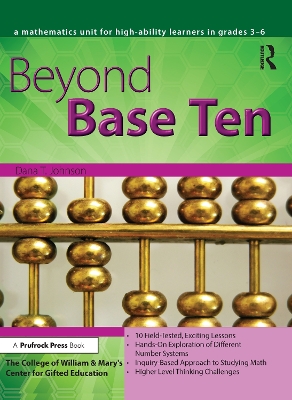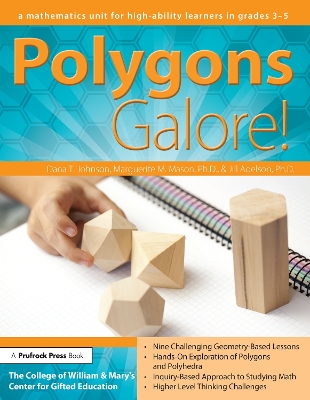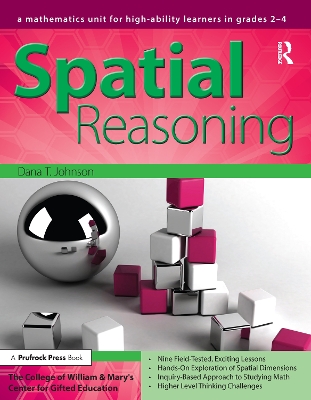William & Mary Units
3 total works
Looking for a way to challenge your gifted students in math class? Look no further! Beyond Base Ten investigates the concept of place value and the representation of numbers by using place value and non-place-value systems. Number bases other than Base Ten are featured, especially through historical contexts of early civilizations that developed number systems different from the one we use today.
Place value is a fundamental and powerful concept that is the foundation for the number system used by all cultures. Typical curriculum materials address this concept in a rote method. This unit goes beyond this and encourages students to analyze the structure of our number system and other systems; examine the historical foundations of place value systems (Babylonian and Mayan) and non-place-value systems (Roman and Greek) over thousands of years in different civilizations; analyze why Base Ten is the surviving number system; and investigate applications of other number bases in areas such as computers and electricity. Beyond Base Ten is perfect for any student who loves mathematics!
Beyond Base Ten was developed by the Center for Gifted Education at The College of William and Mary.
Grades 3-6
Polygons Galore! is a mathematics unit for high-ability learners in grades 3-5 focusing on 2-D and 3-D components of geometry by exploring polygons and polyhedra and their properties. The van Hiele levels of geometric understanding provide conceptual underpinnings for unit activities. The unit consists of nine lessons that include student discovery of properties of polygons and polyhedra, investigations for finding areas of triangles and quadrilaterals, study of the Platonic solids, and real-world applications of polygons and polyhedra. It also includes activities related to identifying, comparing, and analyzing polygons by using properties of the polygons; constructing meanings for geometric terms; developing strategies to find areas of specific polygons; identifying and building regular and nonregular polyhedra; and recognizing geometric ideas and relationships as applied in daily life and in other disciplines, such as art.
Grades 3-5
Spark the visual learning of students in grades 2-4 with Spatial Reasoning, a mathematics unit for high-ability learners. Gifted students demonstrate an advanced aptitude for spatial reasoning at early ages, and they require more complex lessons than what the standard curriculum provides. This field-tested unit approaches spatial reasoning through one-dimensional (1-D), two-dimensional (2-D), and three-dimensional (3-D) tasks that will engage students.
The lessons in this unit are differentiated for gifted learners, and they are supported by hands-on extension activities that extend spatial concepts beyond the classroom. The skills learned throughout this unit will lay the foundation of spatial reasoning that will prepare students for middle school and beyond.
Spatial Reasoning was developed by the Center for Gifted Education at The College of William and Mary.
Grades 2-4


